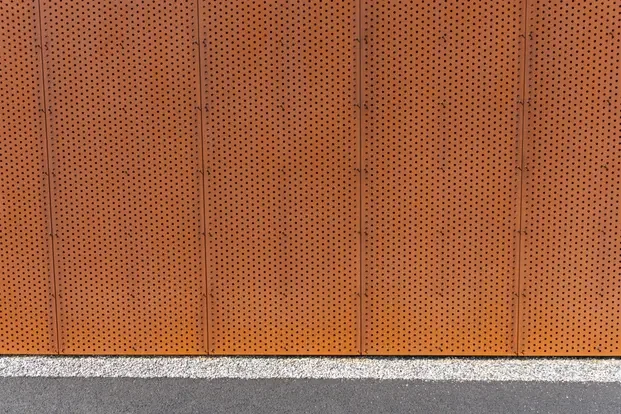Why Contractors Prefer Composite Mats for Reusability
Contractors working in diverse environments need ground access solutions that perform consistently, job after job. That’s why so many prefer composite mats for stability and safety, along with their proven reusability. Whether managing remote access roads, temporary staging areas, or work zones for heavy machinery, composite mats provide the durability and reliability required to move quickly from one project to the next.
Designed to Last Through Repeated Use
Composite mats are engineered from high-density polyethylene (HDPE) or similar polymers that resist cracking, warping, or breaking under stress. Unlike timber mats that absorb moisture and degrade over time, composite mats are impervious to water, oils, and most chemicals. This resistance keeps them in service longer, even after being used in wet, frozen, or high-traffic conditions.
Because they don’t splinter, rot, or absorb contaminants, composite mats can be used again and again without losing structural integrity. For contractors with jobs across changing terrains, that kind of consistency matters. A mat used in a muddy bayou project one month might be cleaned and redeployed on a dry upland site the next with no loss in performance.
Durability That Pays Off
Contractors measure success not just in job completion but in cost control. Composite mats can be employed in dozens, even hundreds of deployments when handled and stored properly. Their resistance to UV exposure and mechanical wear means that a single investment in mats can yield returns across multiple seasons and job sites.
Even after repeated use, these mats maintain their interlocking design, load-bearing capacity, and surface traction. That reliability cuts down on repair or replacement delays, allowing crews to stay on schedule and minimize unexpected costs. It also reduces downtime caused by equipment becoming stuck in soft ground or unstable areas.
Easy to Clean and Transport
Reusability isn’t just about material strength; it is about ease of handling. Composite mats are easier to clean than timber alternatives. Their non-absorbent surface doesn’t trap mud, oil, or chemicals, making them suitable for environmentally sensitive areas. A simple pressure wash removes residue, making the mats ready for redeployment in less time.
These mats are also lighter than many wood-based options, which reduces transport costs. Contractors can move more mats per load and install them faster using lighter lifting equipment. The time saved during setup and teardown adds further value to each reuse cycle.
Features That Support Reuse
Molded handles or lifting points for safer handling
Uniform dimensions for consistent placement and stacking
Interlocking edges for secure connections
Anti-slip surface textures that hold up to wear
Built-in resistance to UV, moisture, and chemical exposure
A Smarter Asset
Contractors managing multiple jobs with different terrain and weather conditions appreciate how composite mats simplify logistics. Mats can be stored between projects without special care and reused without worry about performance loss. That long-term value supports better budgeting, more accurate job estimates, and fewer surprises in the field. For contractors who prioritize performance, cost efficiency, and environmental responsibility, composite mats deliver on all fronts. Their reusability is a strategic advantage.
